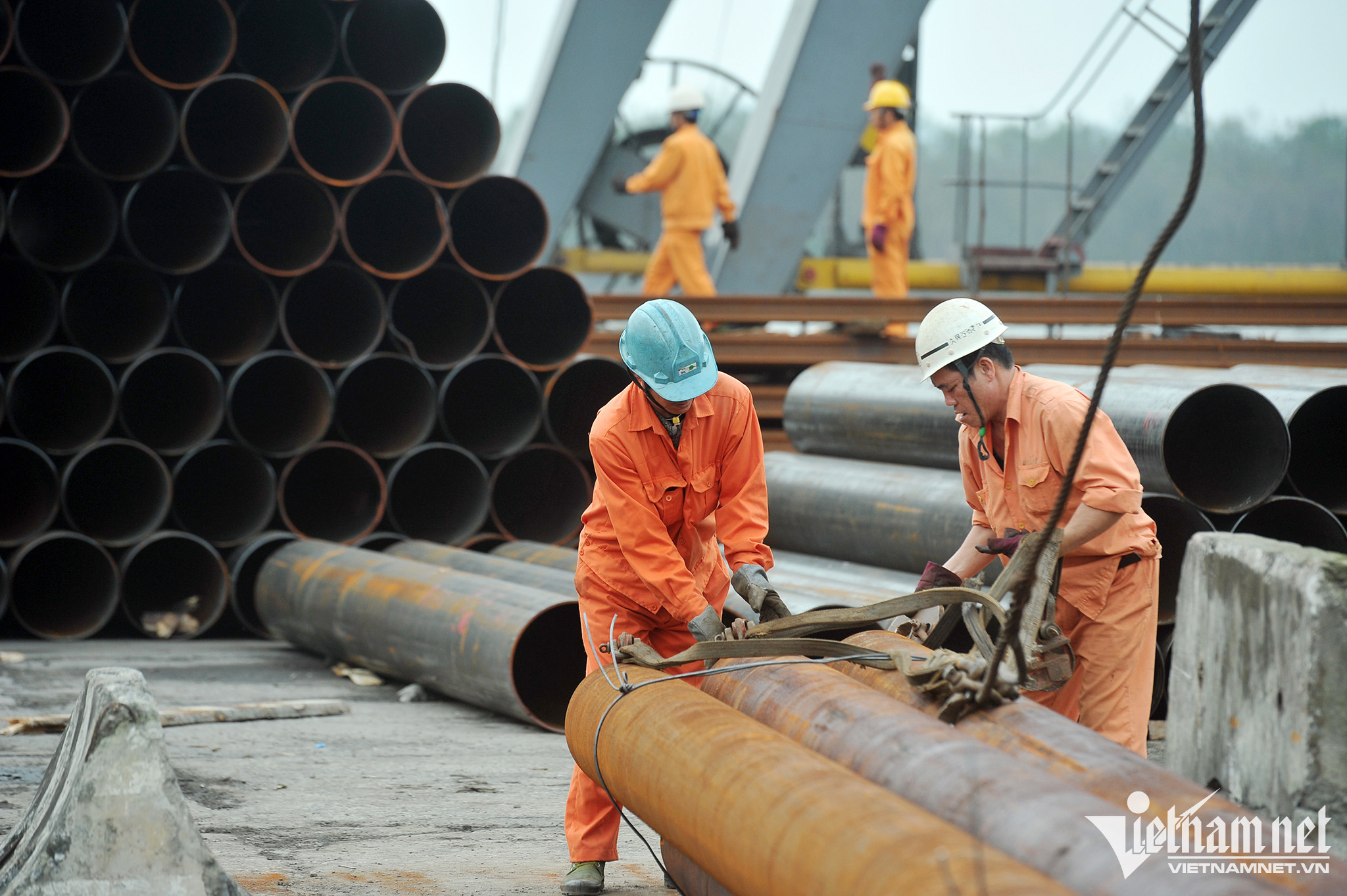
These are the challenges for Vietnam on the road to becoming a developed country by 2045.
The Ministry of Planning and Investment (MPI) has projected two scenarios for Vietnam by 2050 in the draft for national development planning.
In scenario 1, income per capita is expected to reach over $7,000 by 2030, $13,000 by 2040 and $25,000 by 2050.
In scenario 2, annual GDP rate is expected to reach 6.63 percent in 2021-2025, and 7.48 percent in 2026-2030. In 2021-2030, the figure would be 7.05 percent.
In 2031-2050, Vietnam would strive to obtain an annual GDP growth rate of 6.5-7.5 percent. GDP per capita is expected to reach $7,500 by 2030, and $27,000-32,000 by 2050.
Vietnam’s average income per capita by 2040 would be equal to high-income level, in accordance with World Bank (WB) standards.
Cao Viet Sinh, former Deputy Minister of Planning and Investment, a critic of the planning report, said he agreed with the general and specific goals and targets set in the plan that are in line with the 2021-2030 socio-economic development strategy approved by the 13th Party Congress.
According to Sinh, in 1990-2020, the world’s high-income threshold increased by 1.65 times, from $7,689 in 1990 to $12,536 in 2020.
If in the next 30 years (by 2050), the global high-income threshold increases at the same pace, by 1.7 times, it would be $21,300 by 2050. If the world economy grows fast, it would be $23,000-25,000.
Believing that the GDP growth rate scenario of 6.5-7.5 percent in 2031-2050 is reasonable, Sinh said with this growth plan, the average income per capita ($27,000-32,000) would allow Vietnam to become a high-income country by 2045 as determined by the 13th Party Congress.
Meanwhile, if choosing a lower growth rate in 2031-2050, it would be difficult to obtain the goals.
Awakening resources
Tran Dinh Thien, a respected economist, former Director of the Vietnam Economics Institute (VEI), stressed that for Vietnam, further opening is a must to help create strength for the country.
“In many regions, disadvantages have turned into advantages under the influence of international integration and changes in the world. The upheavals in the world and region create new advantages for the country. This is very important. This is the way Vietnam ‘borrows’ the strength of modern times to rise up,” Thien said.
According to Minister of Planning and Investment Nguyen Chi Dung, every country that wants to develop rapidly and sustainably has to choose the right way to go, and determine the method, resources and time to reach the finish.
“Good planning will help us find the best, fastest and most effective way to obtain the country's development goals defined in the national socio-economic development strategy in 2021-2030, with a vision towards 2050,” Dung said.
Prime Minister Pham Minh Chinh also affirmed the view that "resources come from thinking, momentum comes from renovation, and strength comes from people".
With innovative thinking and strategic vision, development planning must point out distinct potential areas, outstanding opportunities, and competitive advantages.
From these, Vietnam can find solutions to maximize resources, of which internal resources (people, nature, cultural and historical traditions) are fundamental, strategic, decisive and long-term. External resources (capital, technology, management, human resource training) are important factors.
It is expected that the final draft of national development planning will be submitted to the National Assembly for consideration and approval in the 4th session, which will take place from October 20 through November 18, 2022.
Luong Bang